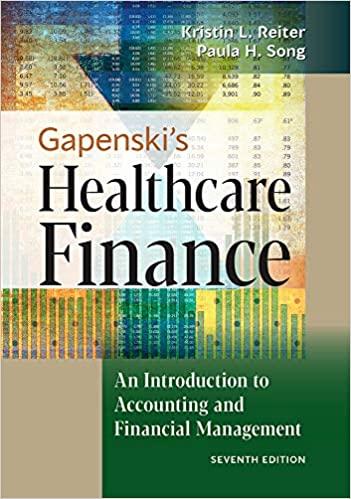Answered step by step
Verified Expert Solution
Question
1 Approved Answer
Gain & Losses from Property Transactions (on the CPA Exam) Must be realized vs. unrealized Realized gain/loss = amount realized adjusted basis Amount realized =
Gain & Losses from Property Transactions (on the CPA Exam)
- Must be realized vs. unrealized
- Realized gain/loss = amount realized adjusted basis
- Amount realized = proceeds from sale (selling price cost of disposition)
- Adjusted basis = cost + capital additions - cost recovery (accum. depr.)
- Realized gains are recognized unless nontaxable exchange provision in IRC
- Some realized losses are recognized (deductible) and some are not
- Realized losses on ordinary income property are fully deductible
- Realized losses on investment use capital assets are deductible with limitations
- Realized losses on personal use capital asset property are not deductible
- Ordinary income property = inventory, accounts receivable and depreciable property used in business
- Capital assets are not defined by IRC all assets that are not ordinary income property generally, assets held for investment purposes and personal use
- Gains and losses from recognized capital asset transactions must be classified by holding period
- Short term < or equal to one year
- Long term > one year
- Netting Capital Gains and Losses If an investor sells numerous capital assets in a particular year, the end result could be a mix of short and long-term capital gains and losses. The IRS is specific as to how these gains and losses are to be netted against each other. Here are the steps:
- Net short-term gains against short-term losses
- Net long-term gains against long-term losses (deal with 25% and 28% assets separately)
- If both holding periods result in gains (or both in losses), they are reported separately on Schedule D
- If one holding period results in a gain and the other in a loss, they are then netted against each other
- If capital losses exceed capital gains, up to $3,000 ($1,500 MFS) can be deducted against ordinary income in any one year with the remainder carried forward indefinitely to future years
- Capital loss carryforwards must retain their classification as short-term or long-term for future year netting purposes
- Capital losses carryforwards will first be netted against the current year's capital gains, followed by the $3,000 deduction against ordinary income
Capital Gain and Qualified Dividend Tax Rates
- Short-term capital gains are taxed at ordinary income rates = 10 37%
- Long-term capital gains and qualified dividends are taxed at capital gains rates:
- Collectibles and qualified small business stock at 28%
- Section 1250 recapture property at 25%
- All other capital assets at 0%, 15% or 20% depending on the taxpayers filing status and taxable income
- Additionally, net investment income is now subject the 3.8% Obamacare tax. Imposed only on taxpayers with MAGI greater than $200,000, $250,000 MFJ or $125,000 MFS. Tax is 3.8% of the lesser of:
- net investment income or
- excess of MAGI over $250,000 for married taxpayers ($125,000 MFS) and $200,000 for other taxpayer
Examples:
- In 2020, single taxpayer had ST capital gains/(losses) of $10,000 and ($5,000) and LT capital gains/(losses) of $10,000 and ($8,000). The taxpayers ordinary taxable income before considering capital gains/(losses) is $100,000. Calculate the taxpayers total taxable income and tax liability?
- In 2020, MFJ taxpayer had ST capital gains/(losses) of $10,000 and ($5,000) and LT capital gains/(losses) of ($10,000) and $8,000. The taxpayers ordinary taxable income before considering capital gains/(losses) is $500,000. Calculate the taxpayers total taxable income and tax liability?
Step by Step Solution
There are 3 Steps involved in it
Step: 1

Get Instant Access to Expert-Tailored Solutions
See step-by-step solutions with expert insights and AI powered tools for academic success
Step: 2

Step: 3

Ace Your Homework with AI
Get the answers you need in no time with our AI-driven, step-by-step assistance
Get Started


